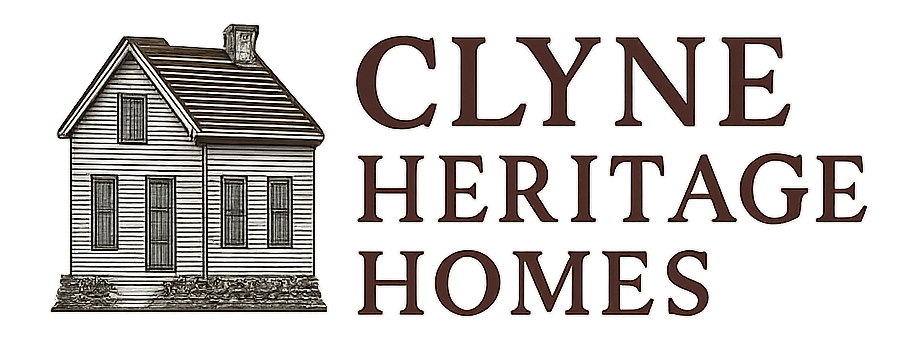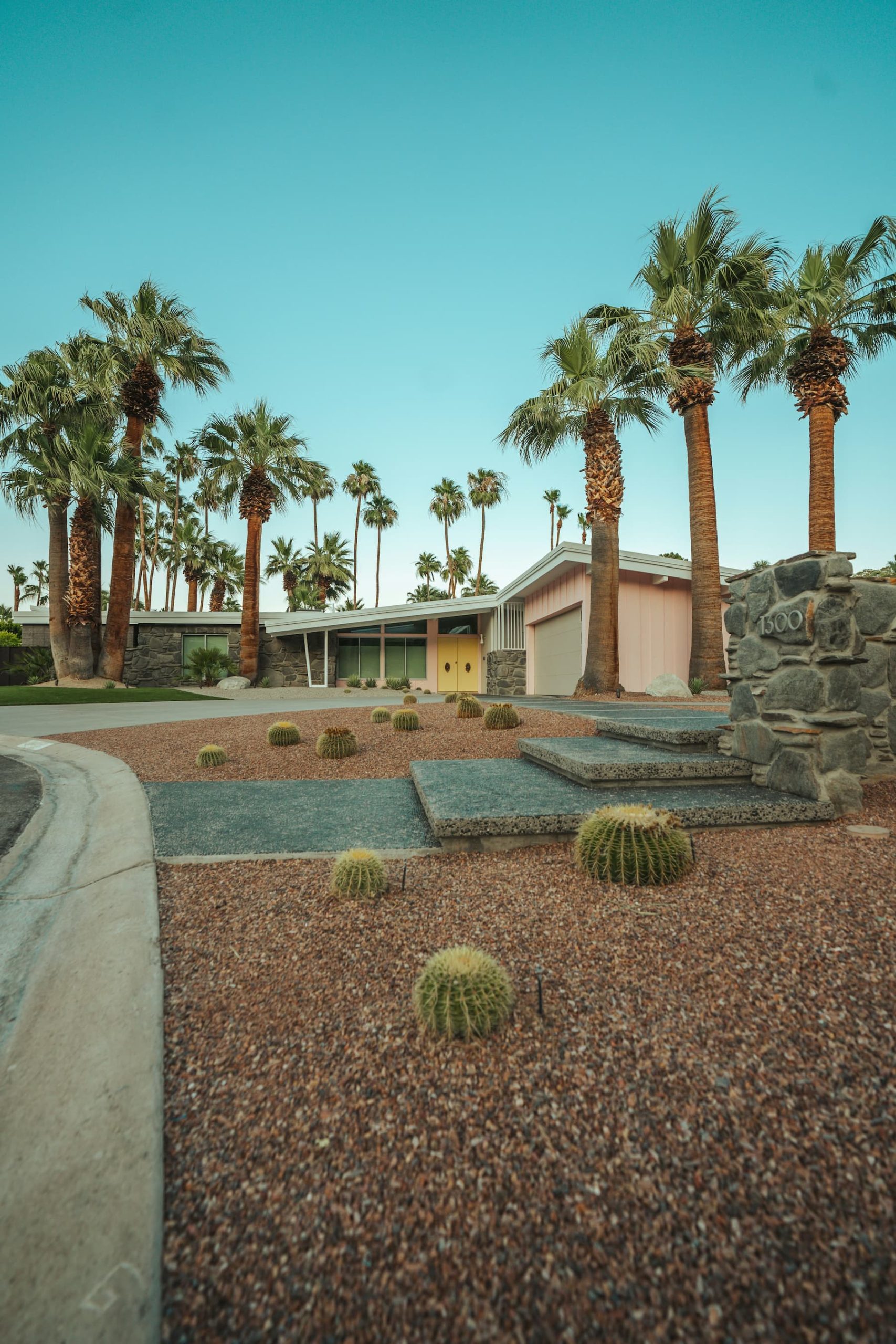When we admire a beautifully restored mid-century home, we often focus on its distinctive architectural features, the craftsmanship of a bygone era, or the character that can’t be replicated in new construction. But there’s another compelling reason to preserve these architectural treasures: environmental sustainability.
In an age of climate consciousness, the greenest home might just be the one that’s already built. Let’s explore why renovating heritage properties—particularly those mid-century gems—often represents a more environmentally responsible choice than building new.
The Embodied Carbon Advantage
Every building contains what sustainability experts call “embodied carbon”—the sum of all greenhouse gas emissions resulting from the mining, harvesting, processing, manufacturing, transportation, and installation of building materials. When we demolish an existing home, we not only send those materials to landfill but also trigger a new cascade of carbon emissions to replace them.
“The greenest building is the one that already exists,” says Carl Elefante, former President of the American Institute of Architects. This statement is backed by hard numbers:
- Demolition waste accounts for approximately 40% of landfill content in the United States
- A typical 2,000-square-foot home contains about 200,000 pounds of materials
- New construction of a similar-sized home generates roughly 80 tons of carbon emissions before anyone even moves in
When you renovate rather than replace a heritage home, you preserve the embodied carbon in its existing structure—the foundation, framing, and often much of the exterior and interior materials.
The Quality Construction Factor
Many mid-century homes were built during an era when construction quality took precedence over rapid development. The lumber used in homes built in the 1950s and 1960s often came from old-growth forests, resulting in denser, more durable wood than what’s typically available today.
This quality advantage extends to many elements of heritage homes:
- Original hardwood floors can be refinished multiple times over centuries rather than replaced
- Plaster walls, common in pre-1970s construction, have greater durability and thermal mass than modern drywall
- Solid wood doors and cabinetry can be restored rather than discarded, preserving old-growth timber
- Copper and brass plumbing fixtures can last decades longer than modern plastic alternatives
This inherent durability means that renovations often require fewer new materials than might be expected, further reducing environmental impact.
Energy Efficiency: The Common Misconception
One of the most persistent myths about older homes is that they’re inherently energy inefficient. While it’s true that many heritage homes weren’t built with modern energy standards in mind, this doesn’t mean they can’t be made energy efficient through thoughtful renovation.
In fact, many mid-century homes incorporated passive design principles that we’re now rediscovering:
- Strategic window placement for cross-ventilation
- Roof overhangs calibrated to block summer sun while admitting winter light
- Thermal mass in materials like brick and concrete that moderate temperature swings
- Connection to outdoor spaces that extend living areas without requiring conditioning
With targeted improvements, these inherent advantages can be enhanced:
- Carefully air-sealing and insulating existing walls (often from the exterior to preserve interior finishes)
- Upgrading to high-efficiency HVAC systems appropriately sized for the home
- Adding insulation in attics and crawlspaces
- Restoring original windows with weatherstripping and storm windows rather than replacement
A study by the National Trust for Historic Preservation found that retrofitting an existing building to be 30% more efficient has a lower carbon impact than building a new, energy-efficient building for about 40-50 years.
The Resource Conservation Equation
Heritage home renovation inherently supports the three Rs of sustainability—reduce, reuse, recycle:
Reduce
Renovation typically requires fewer new materials than new construction. Even extensive renovations usually preserve foundations, structural elements, and substantial portions of the existing building.
Reuse
Heritage renovation often involves direct reuse of existing elements:
- Refinishing rather than replacing flooring
- Refreshing rather than discarding cabinetry
- Rewiring rather than demolishing plaster walls
- Replating rather than replacing quality hardware
Recycle
When elements can’t be preserved, heritage renovation often employs reclaimed materials:
- Salvaged fixtures from architectural salvage yards
- Reclaimed flooring to patch damaged areas
- Recycled glass countertops that complement period aesthetics
- Repurposed materials that add character while reducing waste
Local Economic Sustainability
Environmental sustainability doesn’t exist in isolation from economic sustainability. Heritage renovation offers significant economic benefits that align with environmental goals:
- Labor-intensive rather than material-intensive projects keep more money in the local economy through skilled labor
- Specialized restoration craftspeople preserve traditional construction techniques and knowledge
- Local sourcing of replacement materials reduces transportation emissions
- Increased property values in preserved neighborhoods reduce pressure for sprawl development
A study by PlaceEconomics found that rehabilitation projects create 50% more jobs than new construction for the same investment.
The Neighborhood Sustainability Equation
Heritage homes typically exist in established neighborhoods with critical sustainability advantages:
- Proximity to city centers reduces commuting distances
- Existing infrastructure eliminates the need for new roads, sewers, and utility extensions
- Mature trees and landscaping provide shade, reduce heat island effect, and sequester carbon
- Walkability to established amenities reduces vehicle trips
When we lose heritage homes to demolition, we often lose these neighborhood sustainability benefits as well.
Making Smart Renovation Choices
Not all renovation approaches are equally sustainable. To maximize the environmental benefits of your heritage home project:
- Preserve original materials whenever possible, particularly those with high embodied carbon like brick, stone, and old-growth wood
- Choose natural, low-VOC finishes that maintain indoor air quality
- Opt for targeted energy improvements that respect the home’s original design and materials
- Select locally-sourced, sustainable replacements when original materials can’t be saved
- Incorporate water-saving fixtures and landscaping appropriate to your region
- Consider solar or other renewable energy sources when they can be sensitively integrated
A Heritage of Sustainability
When we preserve mid-century and other heritage homes, we’re not just saving buildings—we’re honoring the resources, craftsmanship, and energy already invested in them. We’re reducing landfill waste, cutting carbon emissions, and maintaining the unique character of our communities.
The next time you marvel at the distinctive roofline of a mid-century ranch or the honest craftsmanship of a post-war bungalow, remember that its preservation represents not just a connection to our architectural heritage but a commitment to environmental responsibility. In the words of preservationist Jane Jacobs, “New ideas need old buildings.” Perhaps our new ideas about sustainability need old buildings most of all.
Have you completed a sustainable renovation of a heritage home? Share your story in the comments—we’d love to feature your project in an upcoming post!



Leave a Reply